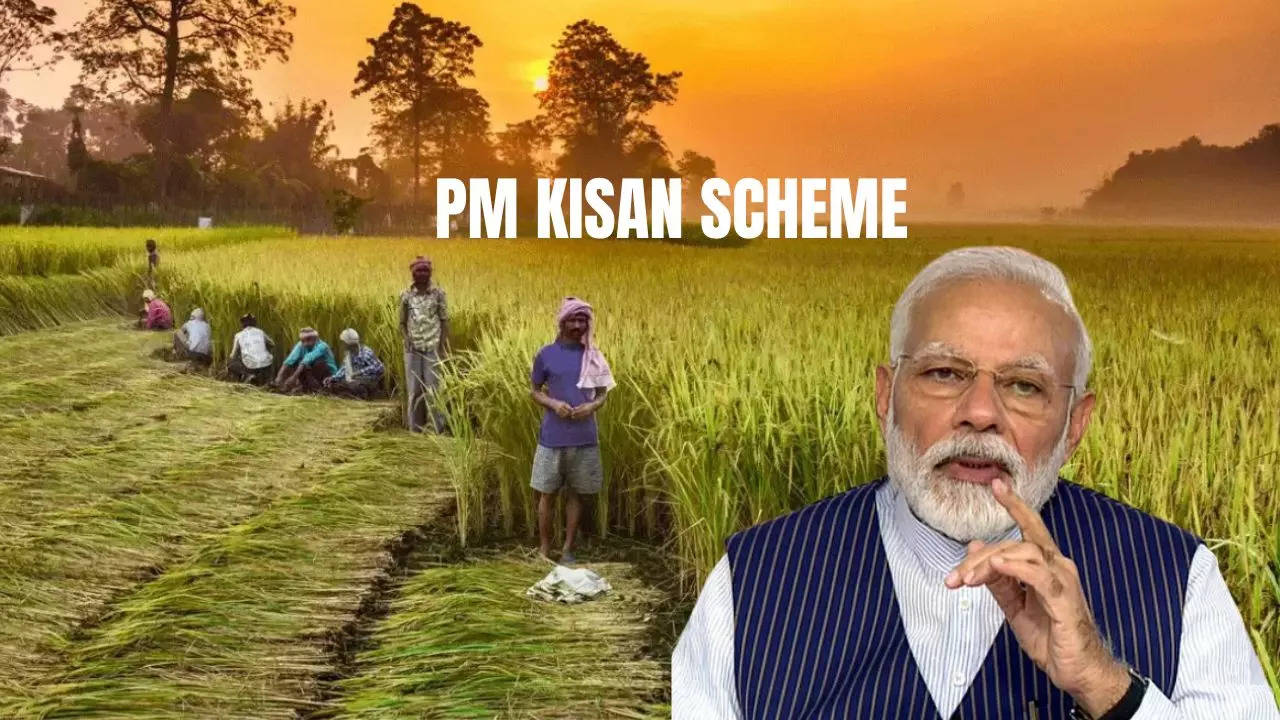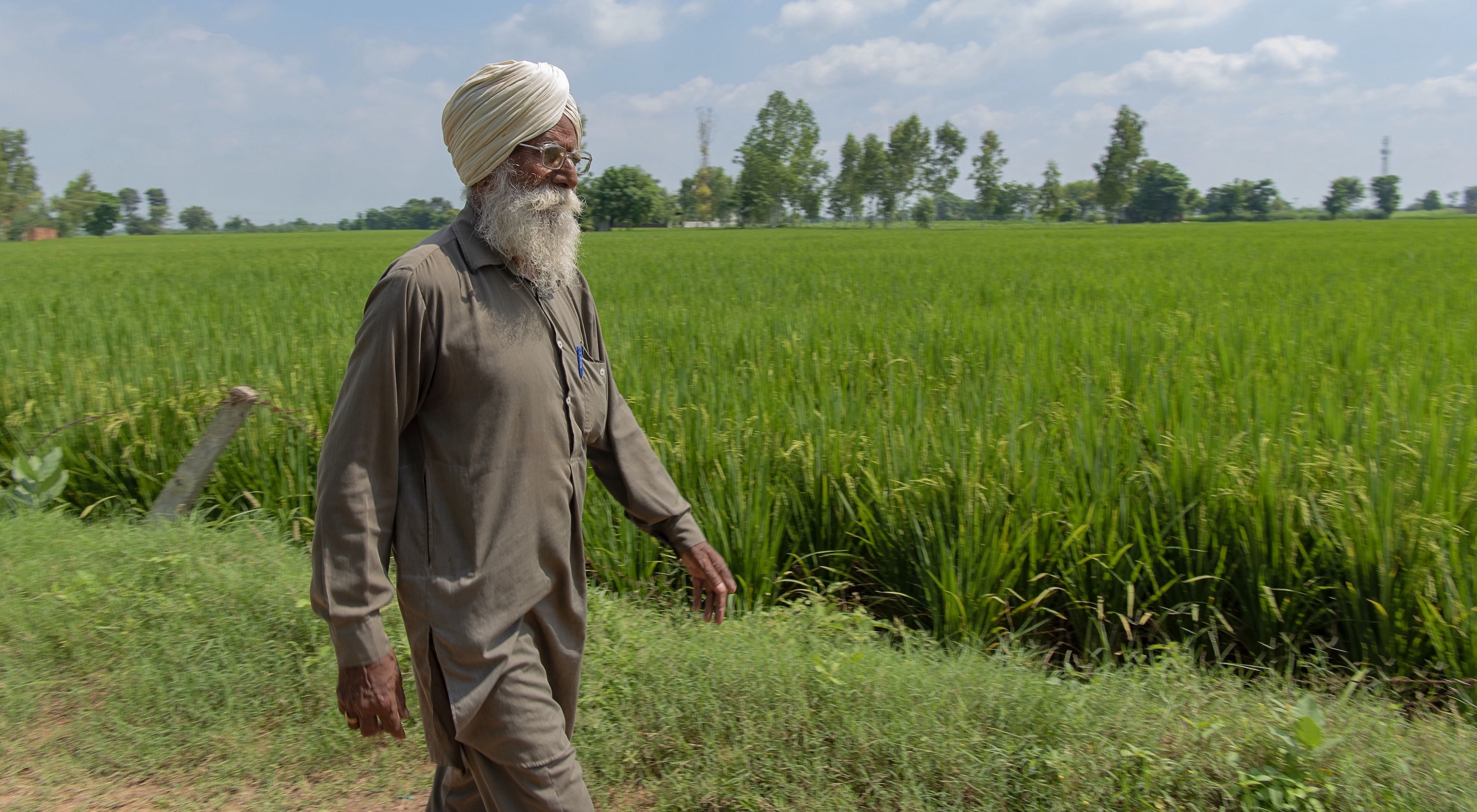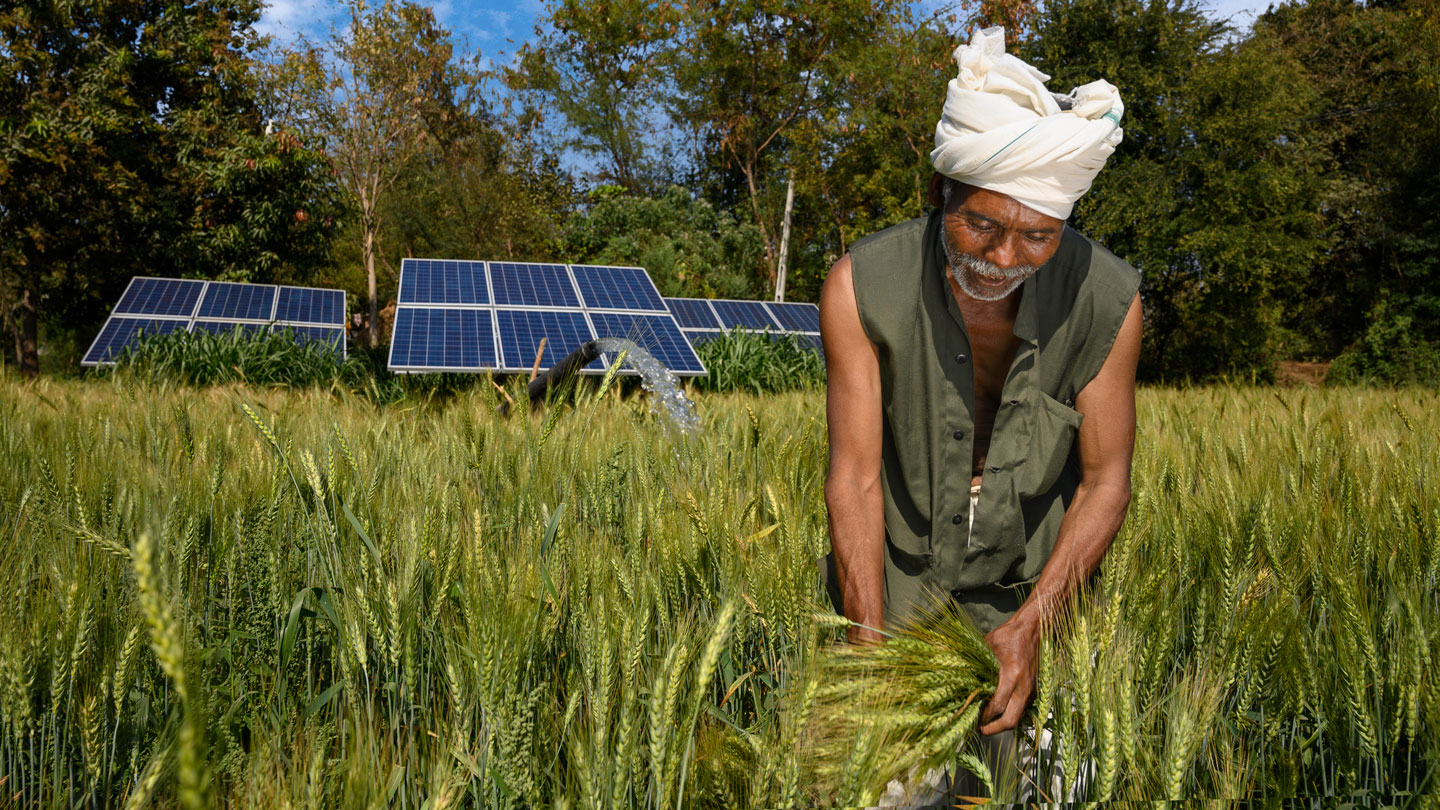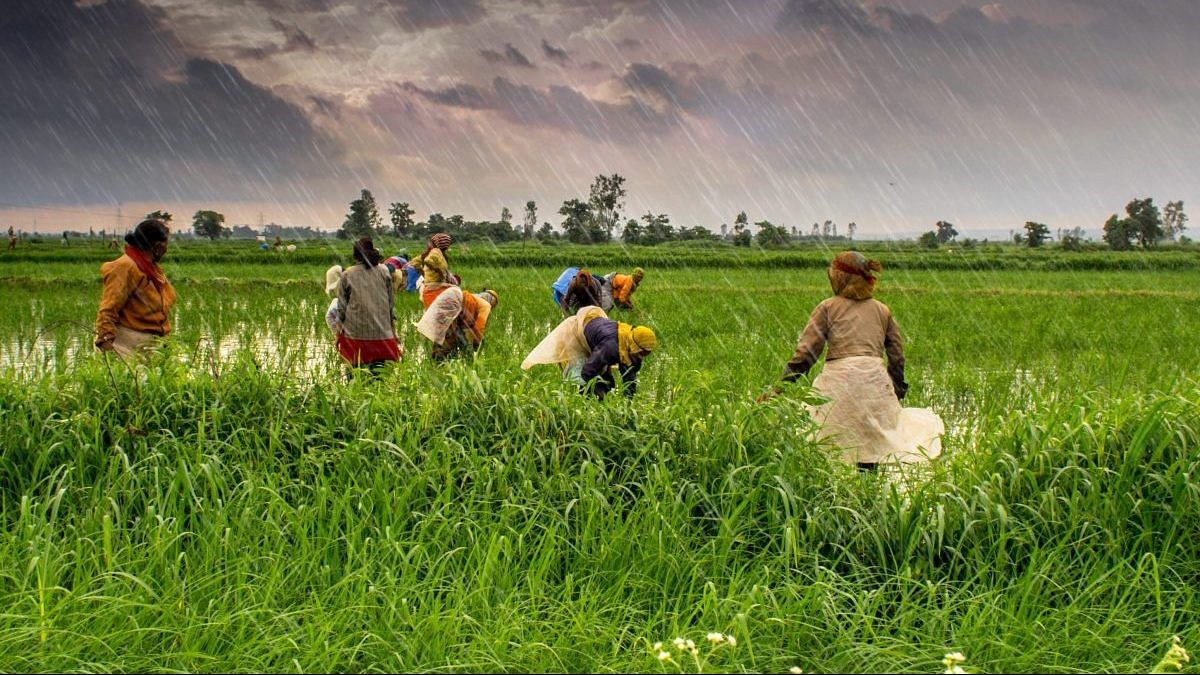Up to 50% Hike in PM-Kisan Transfers Likely in 2023

Up to 50% Hike in PM-Kisan Transfers Likely in 2023
To prevent a real-term decline in rural income levels, the Centre is contemplating boosting the income assistance provided to farmers under the PM-KISAN plan by Rs 2,000–3,000 per farmer home from the current Rs 6,000 per farmer household.
Senior insiders informed FE that the Prime Minister’s Office is considering these recommendations. The action may cost the exchequer Rs 20,000–30,000 crore annually.
Although a date has not yet been set for implementing the increased income assistance, it may occur before the state assembly elections in four states, including Rajasthan, Madhya Pradesh, and Chattisgarh.

In Chattisgarh and Rajasthan, agriculture makes up around 27% of each state’s gross domestic product, compared to 40% in Madhya Pradesh. Elections will be held in these states, which have sizable agricultural populations, between November and December.
Over 85 million families have received financial assistance due to the PM Kisan scheme’s beginning in February 2019 with income transfers to farming households. During the epidemic, more families benefited from the program, but since then, the number has decreased due to exclusion criteria based on income profile and land ownership.
A third of the 140 million farmer households in the nation are renters who do not own their land and therefore are not covered under PM Kisan.
One of the sources added that while the government is determined to keep the fiscal deficit within the budget’s 5.9% of Gross Domestic Product (GDP) target, it may search for savings under categories like centrally sponsored programs (CSS) to pay for any additional expenses for PM-KISAN.

As states could not expedite spending on several initiatives, CSS expenditure decreased 9% year over year to Rs. 4.12 trillion in FY23, resulting in savings of Rs. 40,000 crores reallocated under different headings the previous year. Even the Rs 4.12 trillion released in FY23 could only be spent partially by states by March 31, resulting in some money floating. Before new funds for FY24 were made available, the Centre encouraged them to use those unapplied amounts. As a result, the Centre could save some of the Rs 4.76 trillion set aside in the FY24 budget through CSS.
Additionally, the government wants to increase the amount of purchases made under the Minimum Support Price (MSP) system. The MSP operations for wheat, rice, pulses, and oilseeds receive significant support from Madhya Pradesh, Chhattisgarh, and Rajasthan.
Prime Minister Narendra Modi distributed the 14th installment of the PM-KISAN program, totaling Rs 17,000 crore, to 85 million farmers last month.
More than Rs 2.59 trillion has been sent to farmers’ bank accounts since the direct cash transfer program’s commencement in February 2019. Under the program, farmers receive yearly cash support of Rs. 6,000 in three four-monthly installments.
Farmers with land holdings within specific exclusion criteria now receive financial help through PM Kisan. It aids farmers in taking care of extraneous and agricultural-related costs.

Officials from the agricultural ministry claim that a database is being developed to facilitate the quicker identification of PM Kisan and other plan recipients.
According to the agriculture ministry, the PM Kisan program has “encouraged rural economic growth, eased credit constraints for farmers, and increased agricultural investments.” Furthermore, it claimed that the program enhanced farmers’ willingness to take risks and encouraged them to make more profitable investments.
Research by the International Food Policy Research Institute in Uttar Pradesh found that investments in agricultural inputs have grown and that PM-KISAN funds have helped to stimulate rural economic growth by easing credit restrictions for farmers.
The government’s announcement that it is considering an up to 50% hike in the Pradhan Mantri Kisan Samman Nidhi (PM-Kisan) transfers in 2023 has stirred considerable interest and debate nationwide. The PM-Kisan scheme, launched in December 2018, was designed to provide income support to small and marginal farmers.
The existing structure provides a total annual payment of ₹6,000 in three equal installments. However, the proposed hike could raise this figure to ₹9,000 per year, fundamentally affecting millions of farmers and having broader economic implications. This article offers an in-depth analysis of this expected change, its economic and social ramifications, and the challenges it may bring.
Before diving into the changes, it’s essential to understand what the PM-Kisan scheme is. The initiative aims to augment the income of small and marginal farmers (those who own up to 2 hectares of land).

The scheme currently offers ₹6,000 per annum in three installments directly into the beneficiaries bank accounts. The central government fully funds this scheme, and as of my last update in September 2021, more than 11 crore farmers had already registered.
An increase in PM-Kisan transfers by up to 50% could directly and substantially affect the rural economy. With more disposable income, farmers could invest in better farming technology, seeds, and fertilizers, thereby increasing the yield and quality of crops. The rise in income could also spur local consumption, thereby positively affecting local businesses.
While the boost in income will benefit the rural community, it may also fuel inflation. An increase in demand for goods and services without a corresponding increase in supply could lead to higher prices, affecting the broader economy.
The potential 50% hike could also add considerable fiscal pressure on the government. This move would require additional funding, potentially affecting the allocation of resources to other sectors.

By targeting small and marginal farmers, the hike would mitigate income inequality to some extent within the agricultural sector. However, it’s worth noting that landless laborers, who form a substantial part of the rural population, remain outside the scheme’s ambit.
The proposed increase is also a strategic move to gain political goodwill. Farming has always been a sensitive subject in India, and the addition could improve the government’s standing among farmers, a significant voting bloc.
The scheme has faced issues with leakages and misallocation of funds. A 50% hike will require robust monitoring and governance to ensure the additional resources reach the intended beneficiaries.
Even with the hike, the scheme still excludes tenant farmers and landless laborers who form a considerable portion of the agricultural workforce.
The increased expenditure on PM-Kisan could result in lesser funds for other crucial areas like healthcare and education.

The proposed 50% hike in PM-Kisan transfers in 2023 has far-reaching implications for the beneficiaries and the entire nation.
While it is likely to significantly boost the rural economy, economic, social, and fiscal considerations must be addressed. The success of this initiative will ultimately depend on practical implementation, transparent governance, and balancing the allocation of resources to other crucial sectors.




